Empowering media to embrace challenges, opportunities holds key to brighter future
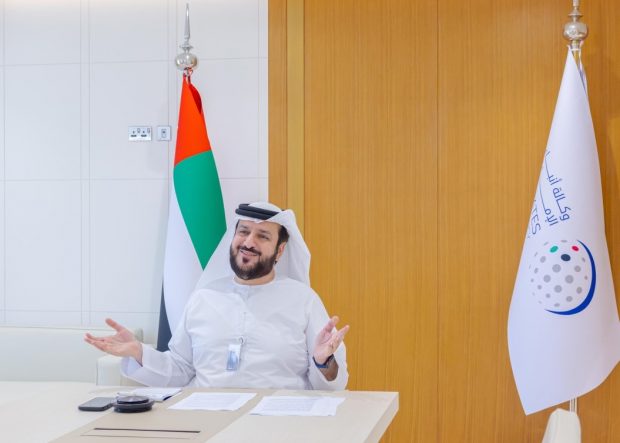
Mohammed Jalal Al Rayssi (WAM)
By Habib Toumi
DUBAI: Speaking softly, but firmly and convincingly, Abdullah Al Shehi stressed the significance of grooming young journalists to embrace the challenges and opportunities lying ahead as the media world moves into the future.
The head of the Dubai Bureau of the Emirate News Agency (WAM) explained that in a rapidly-changing world fraught with uncertainty, and without proper and meaningful training, journalists would face formidable tasks.
“People in the media need to strengthen their capacity of thinking ahead and their courage of seizing opportunities. They need to consolidate their inner vigor to create and seize opportunities not only to deal with ever-changing challenges and overwhelming odds, but also to remain highly relevant in the future and have a great positive impact,” he said.
Abdullah’s comments reflect the directions of a young and ambitious media leader who offers hope in the increasingly complex world of the media and amid the intricate issues directly impacting the globe.
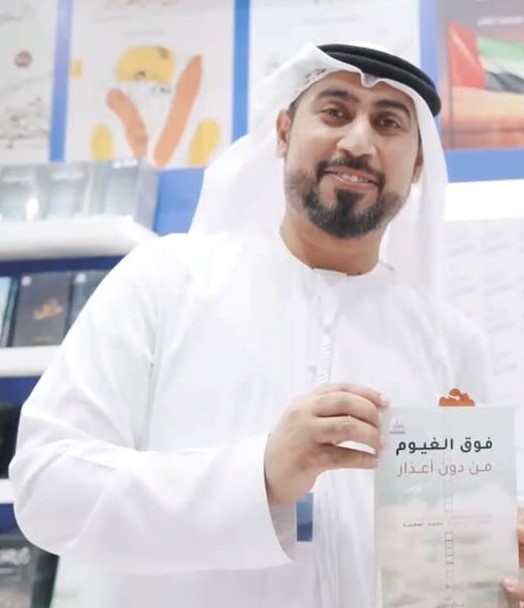
Abdullah Al Shehi with his latest book “Beyond the Clouds”, a compilation of short stories featuring strong morals that inspire dreams
He represents the new breed of media figures in the United Arab Emirates (UAE) who, armed with passion and compassion, display open interest in the new media ecosystems and in the opportunities and challenges offered by technology and digital media.
This focus on the future is a driving force in the UAE that is shared at various levels in line with the country’s vision, future-looking focus and spirit to anticipate and design outlooks.
In November, Abu Dhabi, the UAE capital, hosted the launch edition of the Global Media Congress, an event that brought together more than 1,600 journalists from 141 countries, over 1,200 media pioneers and influencers, who took part in 30 panel discussions and a range of workshops moderated by over 162 speakers.
It also featured more than 192 media establishments and companies from 42 countries and over 1,200 media experts and specialists, and attracted over 13,656 visitors from across the globe.
The multi-faceted event, organized by the ADNEC Group, in partnership with the Emirates News Agency, was held under the theme of “Shaping the Future of the Media Sector.”
One of the congress major aims was to bring under one roof people from all over the globe with outstanding minds, rich experiences and outstanding skills to formulate new media concepts that keep pace with the successive changes and the technological and technical progress shaping and affecting the world.
“We are trying to come together with the new initiatives that can fit in the future of the media,” WAM Director General Mohammed and Chairman of the Congress Higher Organizing Committee Jalal Al Rayssi said.
“We are happy that we are having people from around the world here talking about their experiences, sharing information and concern, coming up with new ideas, giving the chance to young generations to be trained, to give them the opportunity to be ready for the future.”
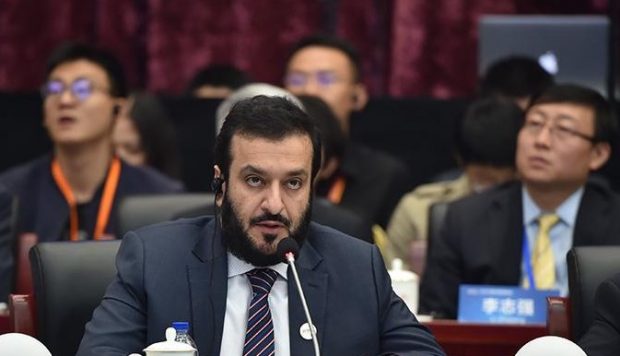
Mohammed Jalal Al Rayssi (WAM)
However, for Al Rayssi, there is also a need to go beyond thinking about the future, and to build strong connections that empower the media to spread messages of peace and tolerance.
“As media, we must go back to our human natural, which is we are all humans, we have differences and we have common things. Why do we always focus on differences? Why don’t we focus on the common things that we share? Tolerance and coexistence are important for us all in the media, because when words used in the media to create hatred between people, countries, nationalities, or races remain with the people and unfortunately create a lot of problems, a lot of crimes, a lot of hatred.”
There is a significant role for the media in connecting civilizations and people and conveying different viewpoints while maintaining the uniqueness of each society, as well as introducing the cultures of different peoples across the globe while preserving the authenticity of those cultures, which eventually create human societies, Al Rayssi said.
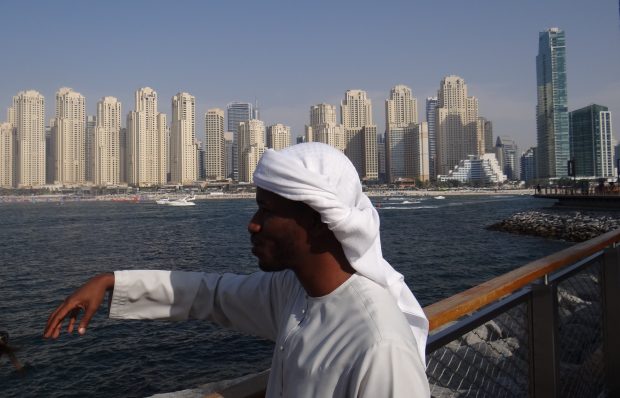
Saeed Mahboub looking at the Dubai landscape
Saeed Mahboub, the young head of WAM’s Fujairah Bureau, said he was proud with WAM’s direction to keep pace with, and often lead, the changes across the media landscape for the betterment of humankind.
“With the proliferation of technology and the widespread use of smartphones leading to stunning changes that were unthinkable a short time ago, the traditional significance and notions of media are simply not relevant to the present and of course to the future,” said Saeed whose linguistic repertoire includes French in addition to Arabic and English.
“We need to consider and leverage technological progress in the media and the growing role of social media with their positive and ominous impact. Journalism as we knew it a few years ago is not pertinent, and we should adapt new approaches towards news coverage and dissemination, and enhance our understanding of the various real and virtual dimensions and expectations among consumers.”
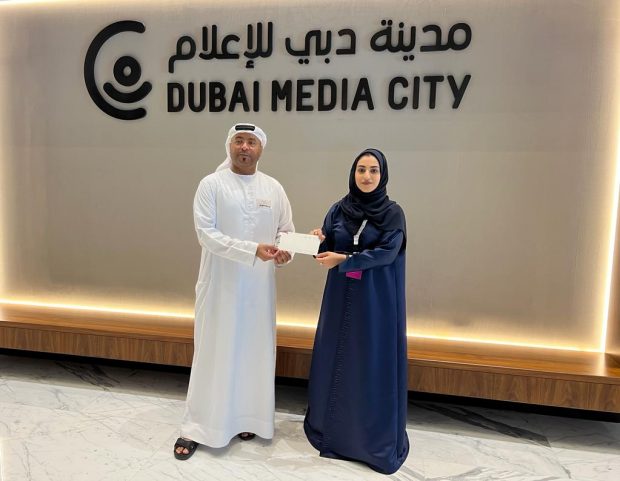
Mohammed Khamis being honored
WAM’s Dubai Photography Head Mohammed Khamis believes that photos and videos in public media will always remain highly significant in the media.
“This is a world that is thoroughly mediatized, and images are now important not just in the media, but also in the social world and across all channels.”
However, the veteran photographer stressed the need for advanced training to boost aptitudes and skills to deal with the increasing nature of shifting photography.
“In this era of unprecedented image overload, we need to be flexible and ready for all forms and kinds of photography shifts. We regularly hold dynamic conversations about the use of new technology and breakthroughs that define new trends in photography and we promote innovation across niches,” he said.
Ras Al Khaimah-based WAM videographer Ahmed Al Shehi said he was optimistic about the future.
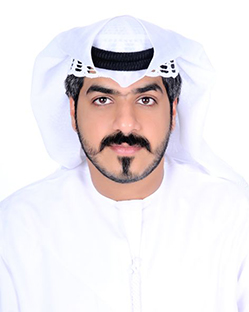
Ahmed Al Shehi
“Within our agency, we are focused on keeping up with the changes that are overpowering and sweeping and taking our photography work to the next heights,” he said.
“Through positive visions and proper training, we make sure that our photographers excel at what they do and do not fall victims to anxiety or surrender amid concerns that new technology combined with smartphones would empower amateur photographers and drown out real photographers in the commotion.”

























































